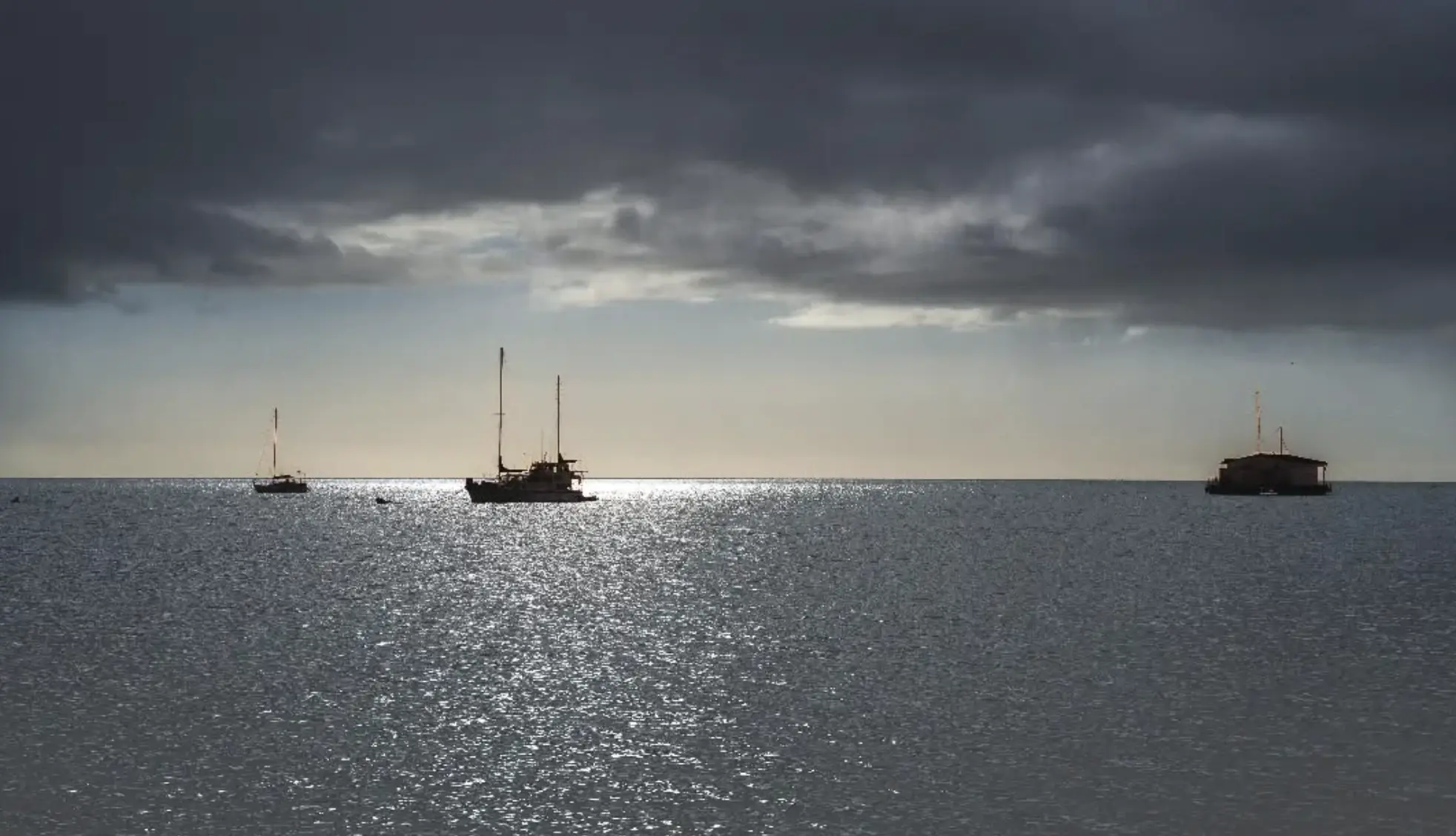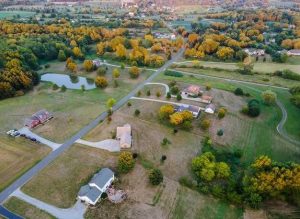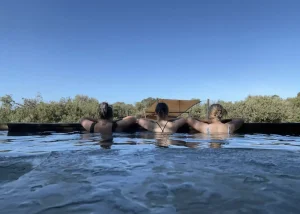Monkey Mia Tours and Shark Bay are famous for its clear waters, natural beauty and of course the wild dolphin encounters. It’s a nature lover’s heaven that attracts thousands of visitors each year. While many come to interact with the dolphins, others wonder if you can fish here. For those who love to fish, the idea of casting a line in these calm turquoise waters is a big tick. But before you grab your rod, you need to know the rules, regulations and the best spots to fish at Monkey Mia.
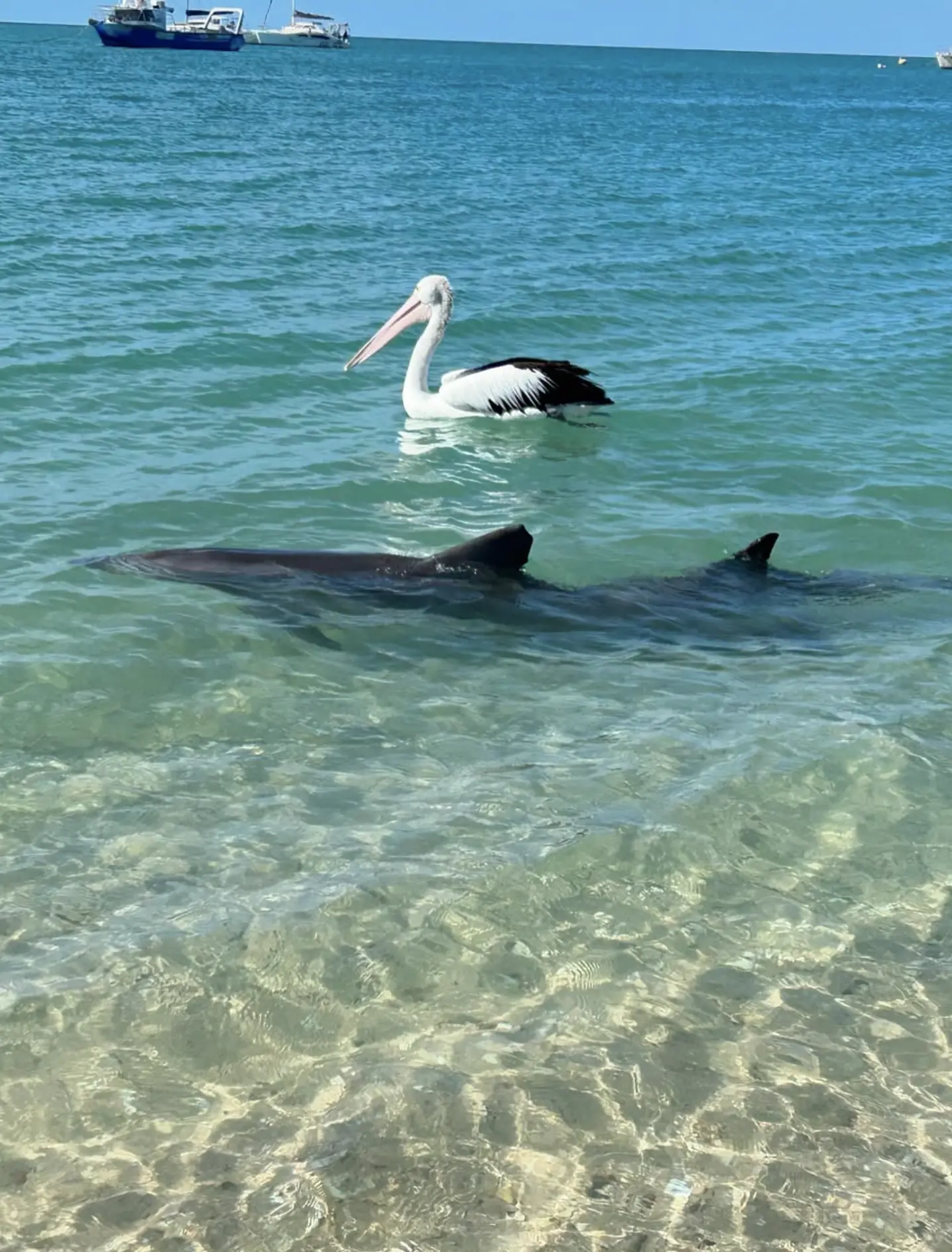
Can you fish at Monkey Mia?
Yes you can fish at Monkey Mia but with some restrictions. Monkey Mia is part of the Shark Bay World Heritage Area which is a marine reserve. This means you can fish in certain areas but there are rules in place to protect the marine environment. Fishing is not allowed in no-take zones where marine life is protected. These no-take zones are in place to maintain biodiversity, protect species and support sustainable tourism. Before you fish in the area you should familiarise yourself with local rules to avoid fines or penalties.
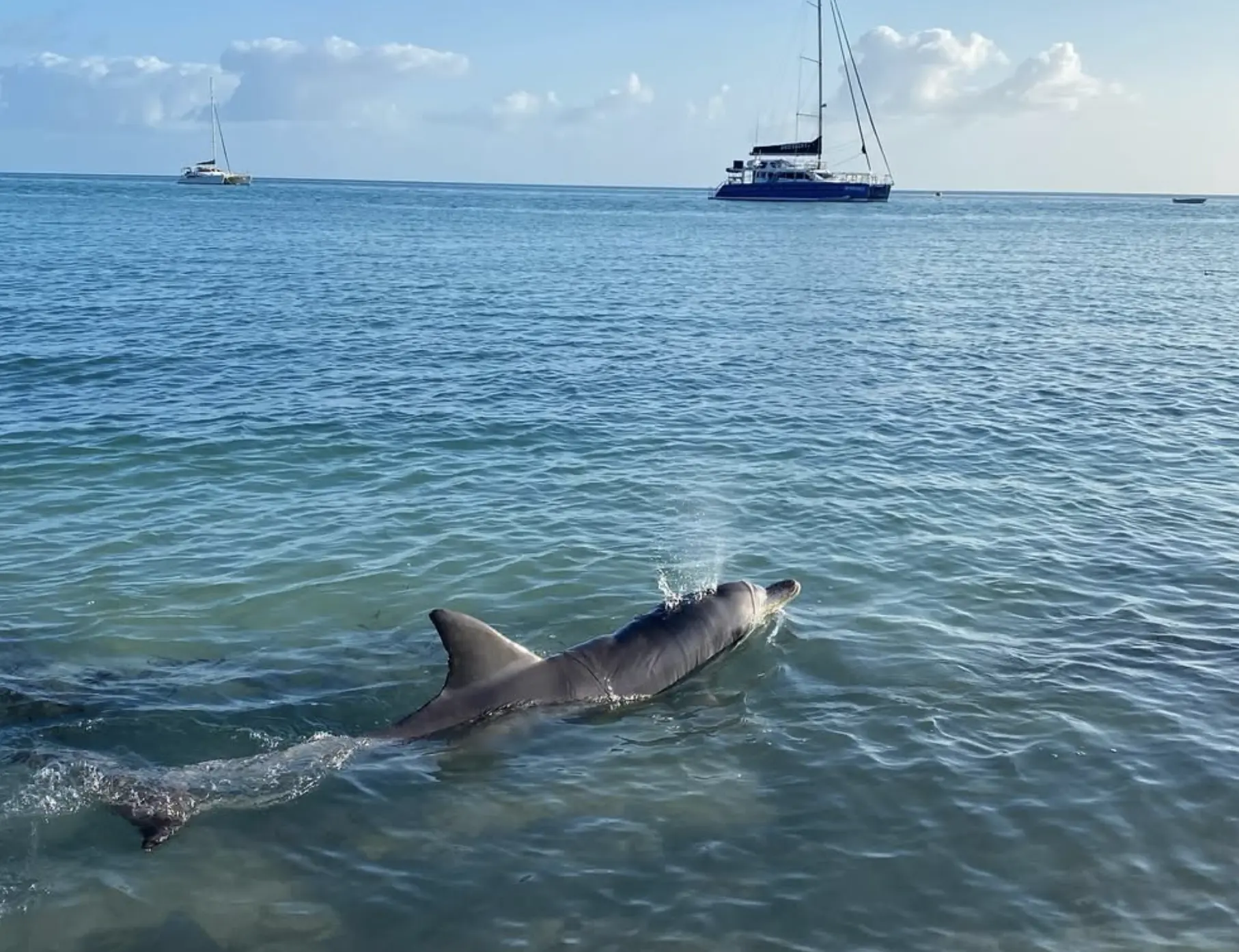
Monkey Mia Fishing Regulations
Fishing regulations at Monkey Mia are in place to protect the marine environment. These regulations cover what species can be caught, fishing methods and where you can fish. Some of the key rules are:
- No-take zones: Some areas around Monkey Mia are closed to fishing.
- Size and bag limits: There are size and catch limits on some fish species, meaning you can only catch a certain number of fish per day and they must meet size requirements.
- Protected species: Some species are protected and cannot be caught at all.
- Fishing methods: Certain equipment such as nets, spears and traps may be prohibited in some areas.
- Licencing: In Western Australia you need a recreational fishing licence for certain types of fishing including line fishing from a boat. To avoid breaching the rules visitors should check with the Department of Primary Industries and Regional Development (DPIRD) or local authorities before fishing at Monkey Mia.
Where Can You Fish in Monkey Mia?
Fishing is only allowed in certain areas in and around Monkey Mia. The waters in front of the dolphin interaction area at Monkey Mia are a no-take zone so no fishing is allowed in this area. However fishing is allowed outside of the no-take zones. The best places to fish are along the coastline and in the open fishing zones. Check local fishing maps or ask at the Shark Bay Visitor Centre. Boat fishing is also popular and you can head out to deeper waters to catch more fish species. Shelter Bay, Goulet Bluff and the rocky islands near Faure Island are good spots to fish.
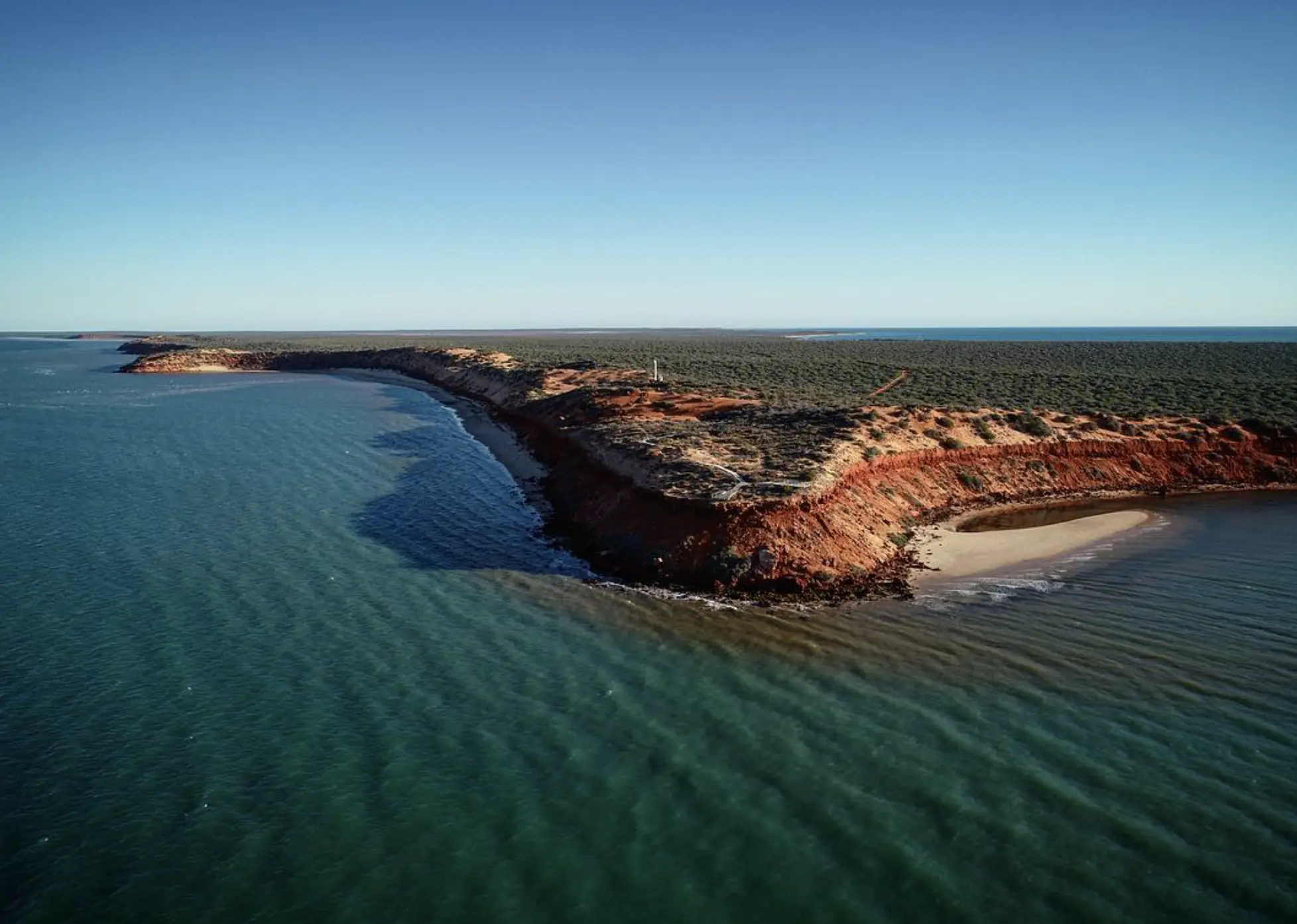
What Can You Catch?
Monkey Mia’s marine environment is home to many fish species. What you can catch will depend on where you fish and the time of year. Some of the most common fish caught in the area are:
- Whiting: Small and tasty, these are often caught close to shore and are a favourite for recreational anglers.
- Bream: Found in rocky areas and near jetties, good for beginners.
- Tailor: These speedsters are a thrill to catch.
- Snapper: These are caught in deeper waters and are a popular catch due to their size and flavour. Snapper tag lottery and snapper schooling are big events in the area.
- Trevally: Strong fighters, found in deeper offshore waters.
- Grass Emperor: Near coral reefs and rocky areas, a favourite for experienced anglers.
- Spanish Mackerel: Larger and faster, a favourite for offshore anglers.
- Blueline Emperor: A popular species found in Shark Bay’s waters.
- Golden Trevally: Seen in shallow water fishing and popular for sight fishing on the sand flats.
There’s a good mix of fish but make sure to follow the size and bag limits to help with sustainable fishing in the area. Anglers can target deeper fish in the channels or cast for decent fish near the rock ledges, weed beds and shallow sand flats.
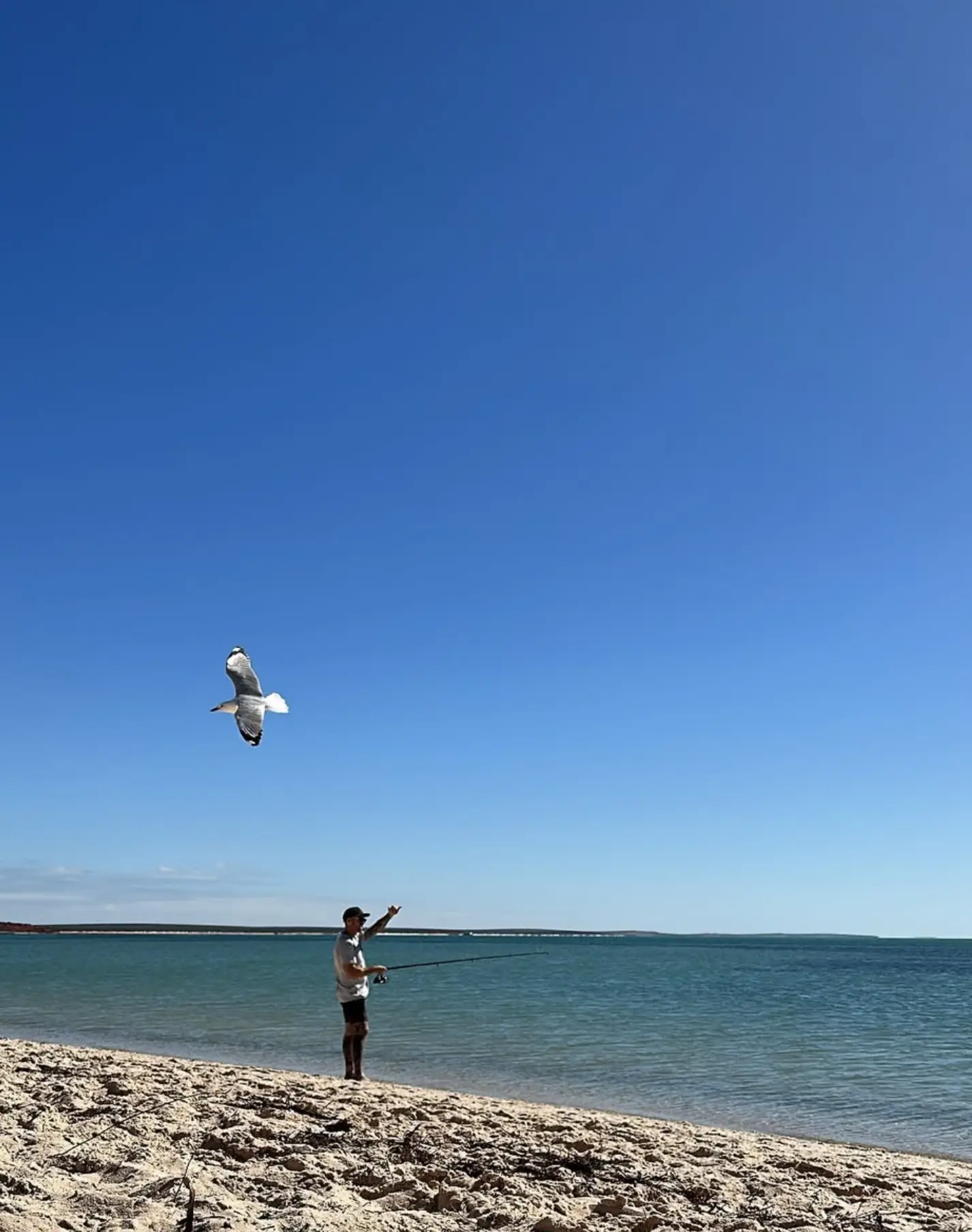
Fishing Tips for Monkey Mia
Fishing at Monkey Mia needs some planning and preparation. Here are the essentials:
- Check local fishing rules: Rules change so make sure you are up to date.
- Use the right bait: Different fish species like different baits. Whiting like worms and prawns, bigger fish like tailor and snapper like live bait or lures.
- Time it right: Fish are most active at dawn and dusk so plan your fishing trips accordingly.
- Fish in the right places: Don’t fish in the no-take zones. Fish rocky outcrops, jetties and drop offs where the fish will be.
- Bring the right gear: The type of gear you’ll need depends on the species you are after. For whiting a light line and small hooks are perfect, for bigger fish heavier lines and stronger hooks are needed.
- Check the weather: Offshore wind and onshore wind can affect your fishing. Don’t fish in storms or strong winds, it’s not safe and not productive.
Day Tours from Perth make it easy to enjoy Monkey Mia’s incredible fishing spots while also exploring other attractions in the Shark Bay World Heritage Area. Plan your trip today for a seamless and memorable experie
Sustainable Fishing at Monkey Mia
Sustainable fishing practices are important for the marine environment at Monkey Mia. Follow these guidelines:
- Catch and release: Release non target species back into the water to support biodiversity.
- Don’t overfish: Stick to daily bag and size limits to not deplete the local fish population.
- Dispose of waste properly: Make sure fishing lines, hooks and bait packaging are disposed of correctly to not harm marine life.
- Use ethical gear: Don’t use gear that can entangle or harm marine animals like nets or traps.
- Respect the wildlife: Don’t fish near dolphins or other protected marine life and never feed them. Sustainable fishing means the marine environment will be healthy for future fishos.
Is Fishing Worth It in Monkey Mia?
For many fishers Monkey Mia is worth it. The calm clear water and scenery makes it a beautiful place to fish for a day. The fishing community love the destination and the variety of fish species is a challenge for all levels of fishers. From productive fishing spots to offshore fishing for bigger fish there’s something for everyone. Fishers can even get Fishing Charters or local fishing guides to fish deeper channels and target oceanic fish like coral trout and Spanish mackerel.
Conclusion
Fishing in Monkey Mia can be a great experience for fishers and nature lovers. Fishing is allowed in designated areas but it’s important to follow local fishing regulations to protect this special marine environment. Knowing where to fish, what to catch and how to do it sustainably will ensure you have a safe and enjoyable experience. By following best practice and respecting local wildlife fishers can enjoy the beauty of Monkey Mia and leave it for future visitors. Book Monkey Mia Tours From Perth with Autopia Tours for an unforgettable experience, they are eco-friendly and local knowledge.
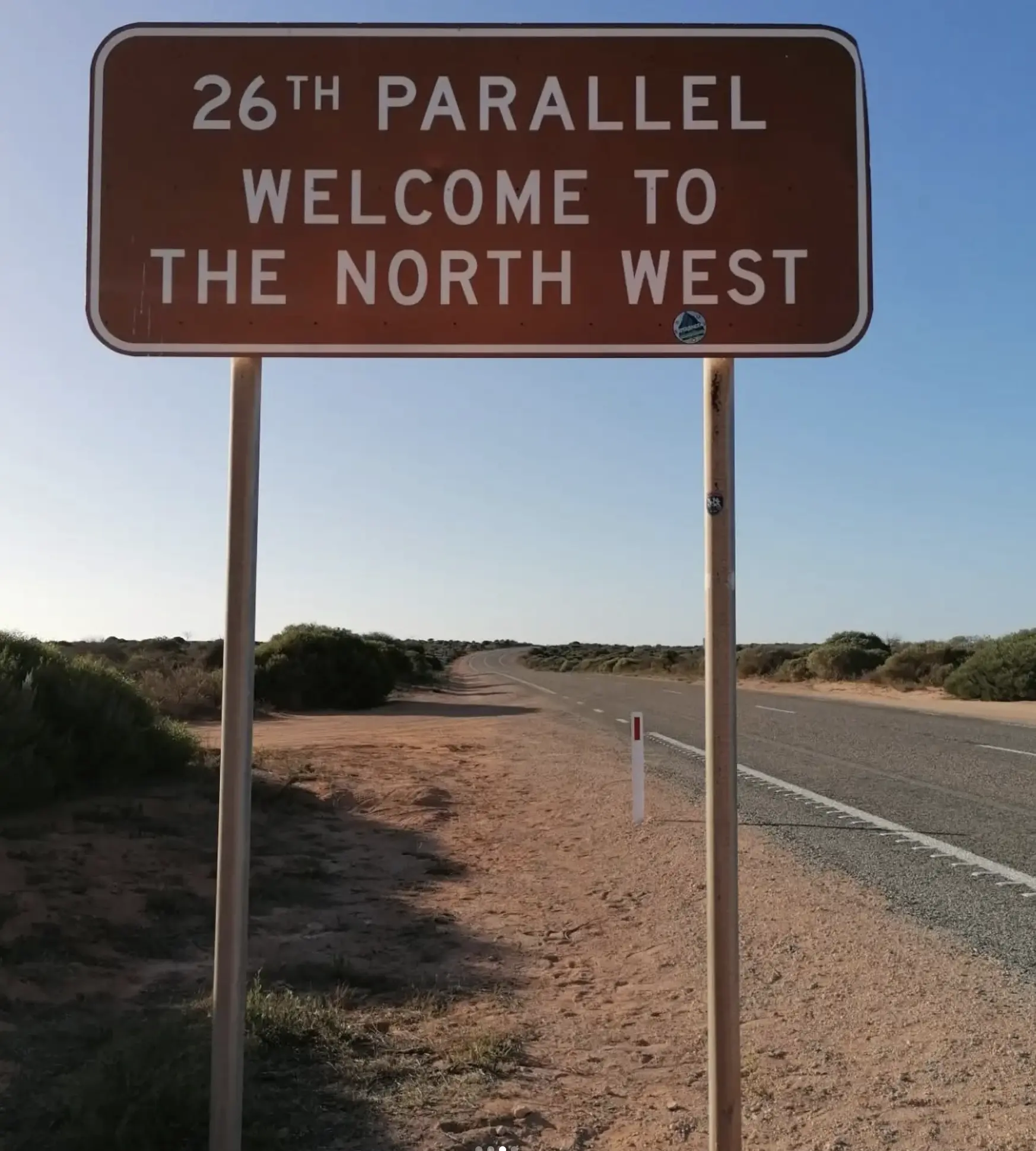
FAQ
Can I fish in the no-take zones at Monkey Mia?
No, fishing is not allowed in the no-take zones at Monkey Mia. Signs are placed around these areas.
Do I need a fishing license to fish in Monkey Mia?
Yes, a recreational fishing license is required in WA for certain types of fishing including line fishing from a boat.
What fish can I catch in Monkey Mia?
Whiting, bream, tailor, snapper, trevally. What fish you can catch depends on where you fish and the season.
What time of day should I fish in Monkey Mia?
Best time to fish in Monkey Mia is early morning or late afternoon when fish are most active.
How can I fish sustainably in Monkey Mia?
You can fish sustainably in Monkey Mia by catch-and-release, following bag and size limits, disposing of waste properly and not fishing in protected areas or near dolphins and marine wildlife.
